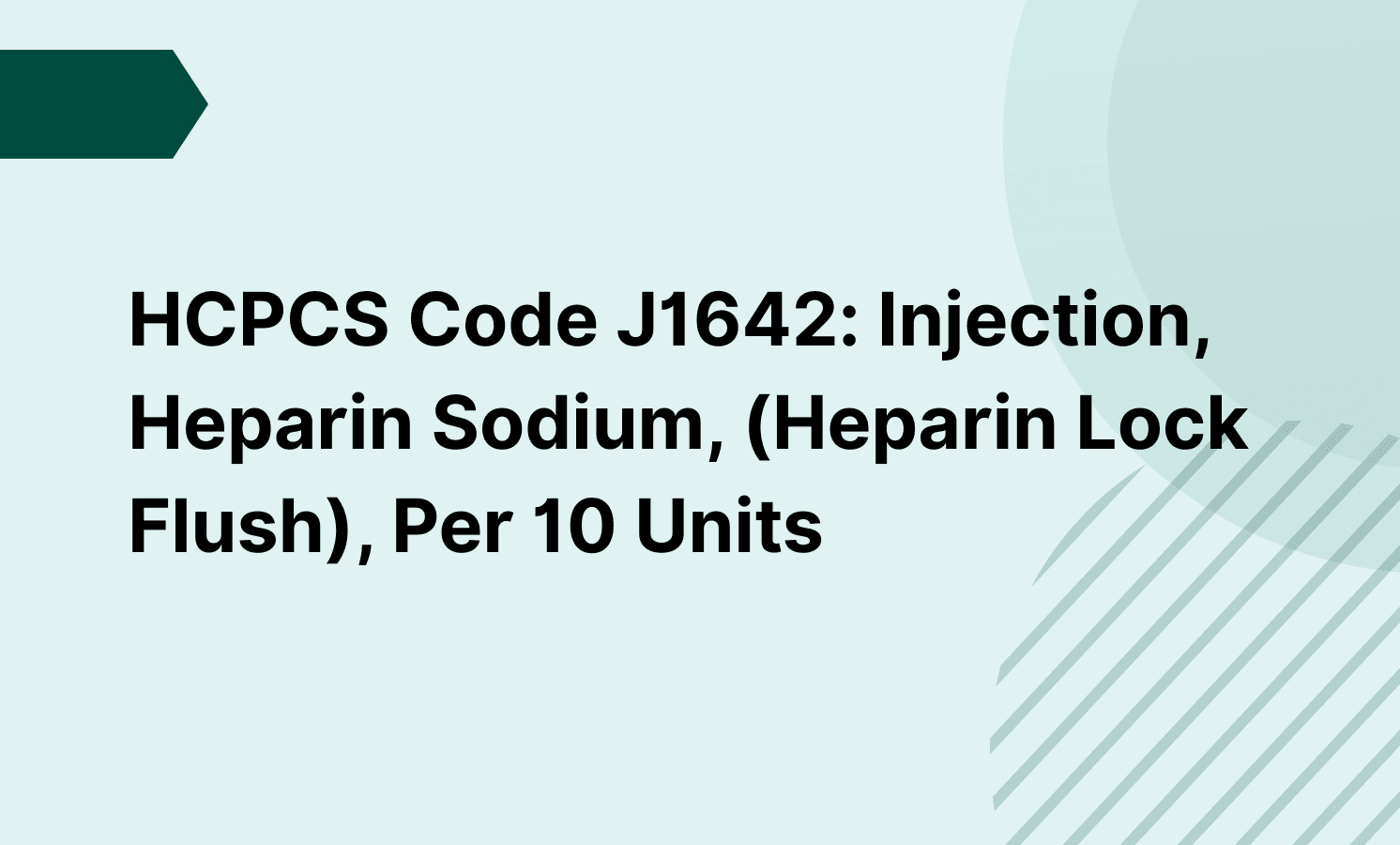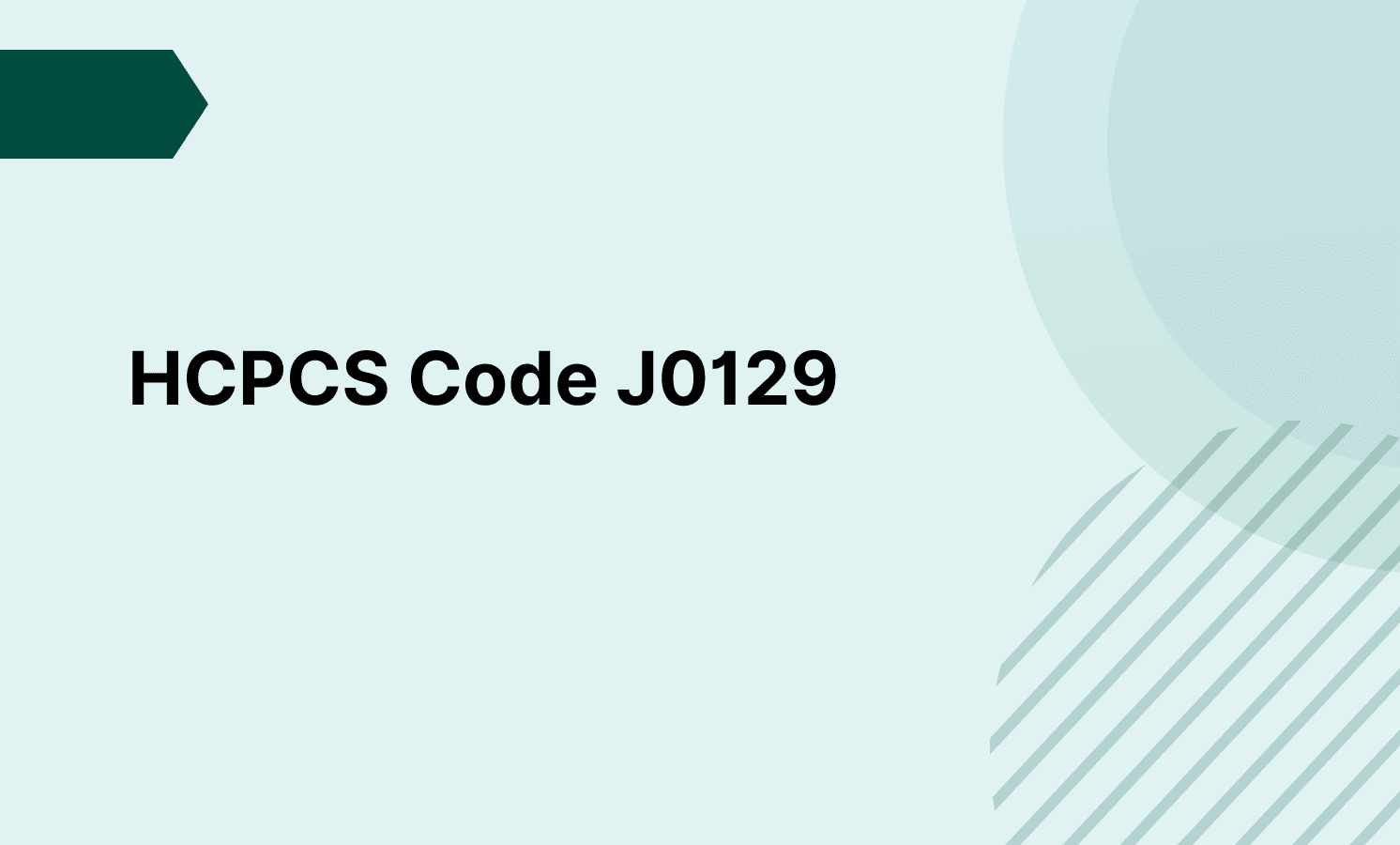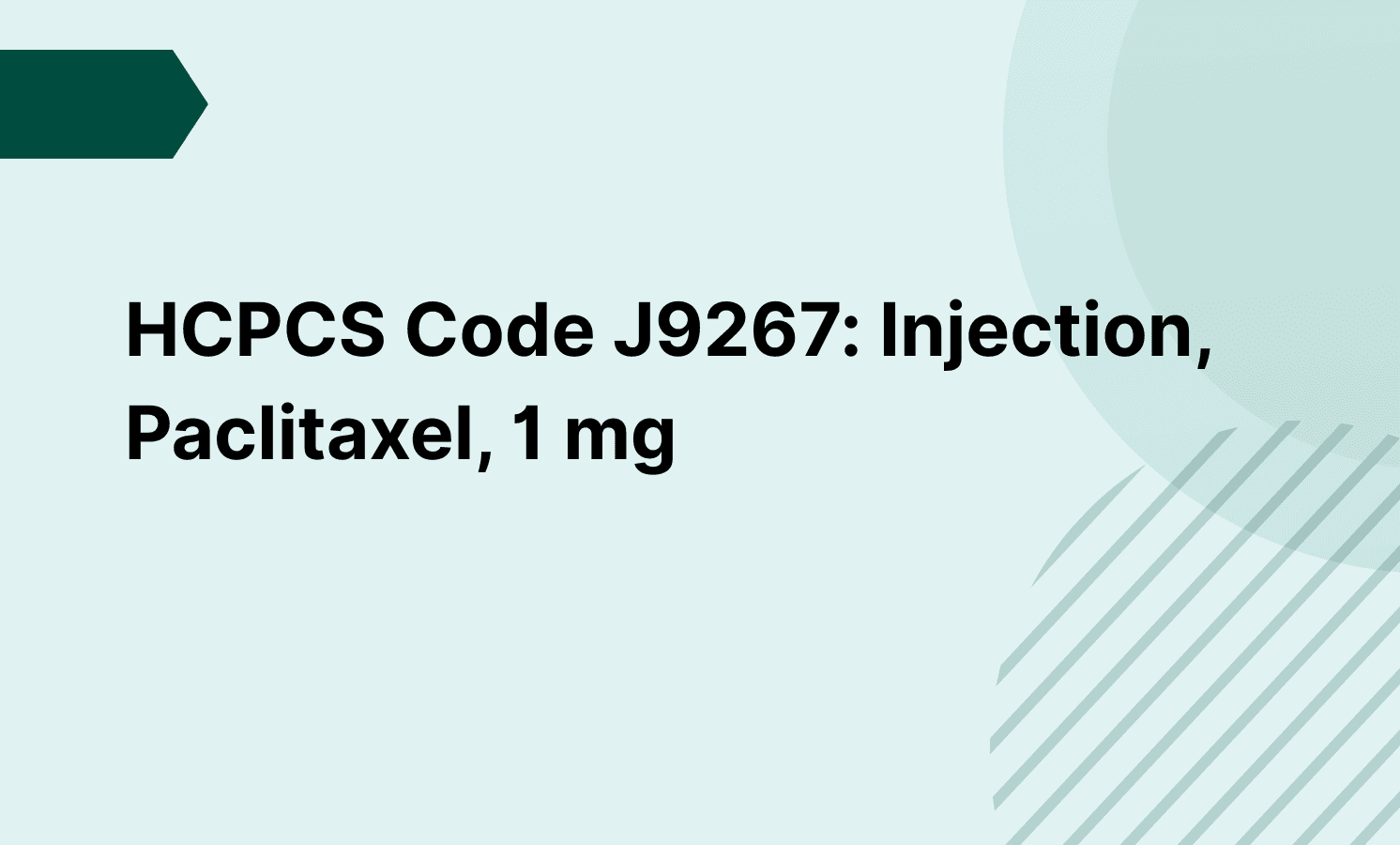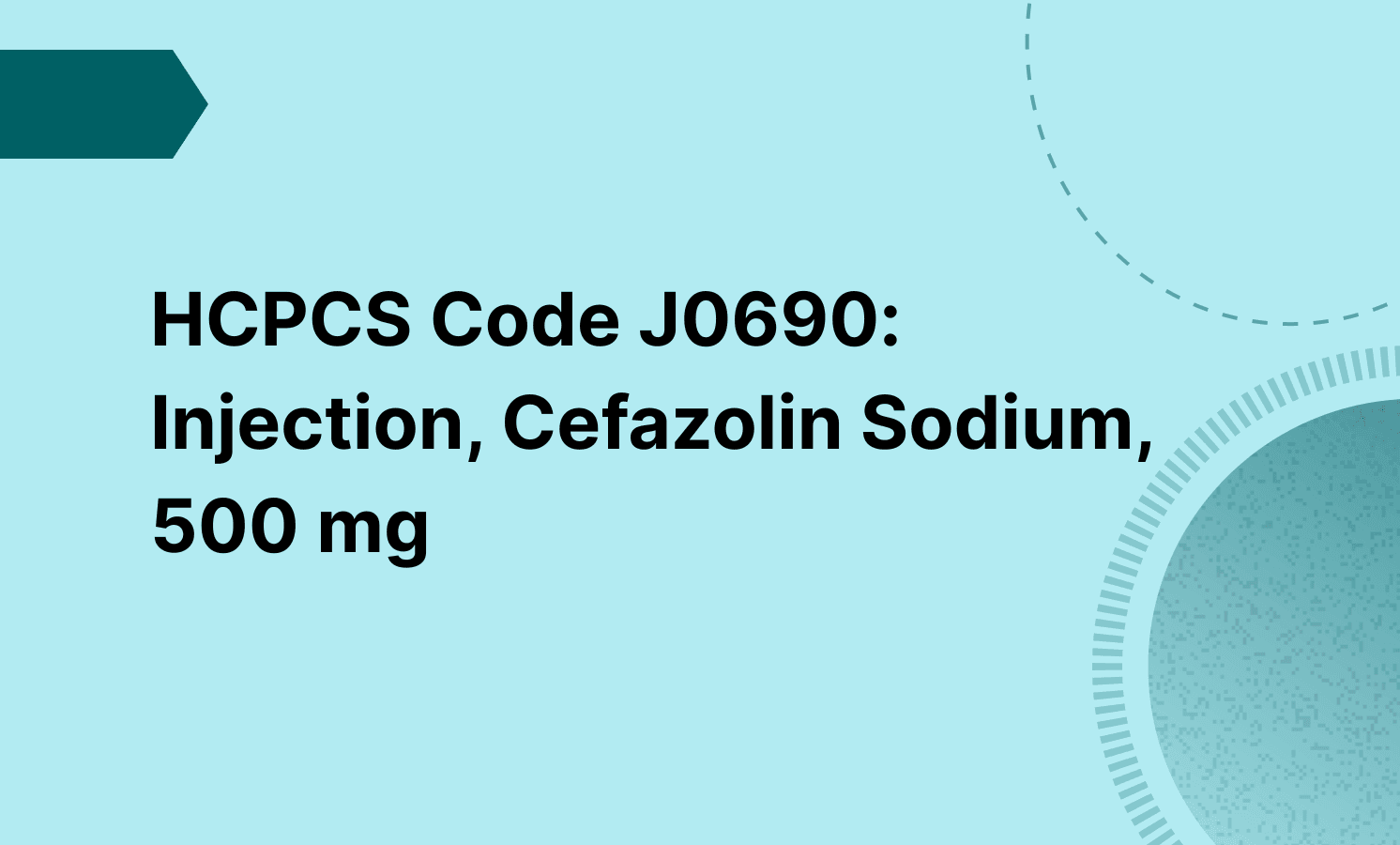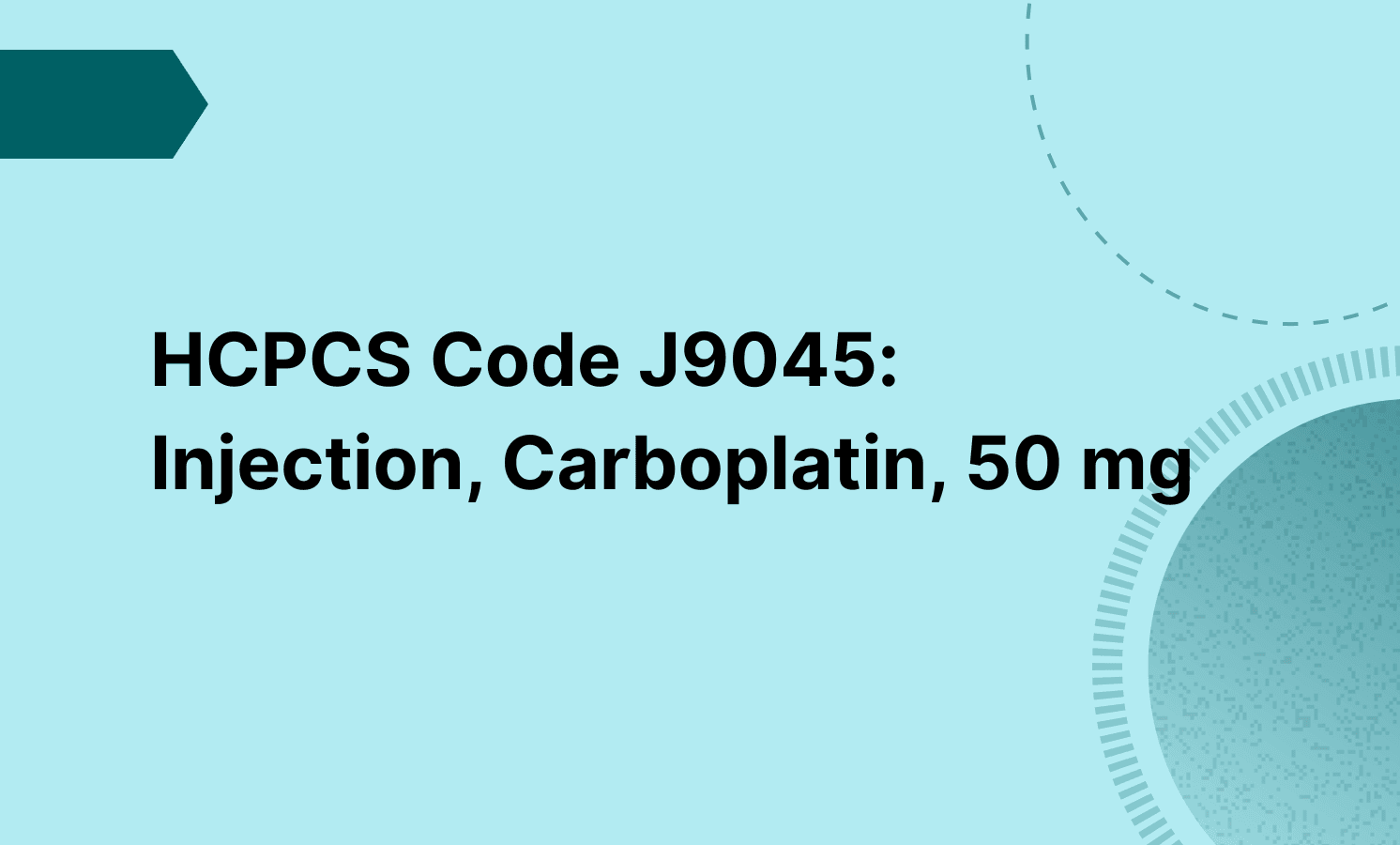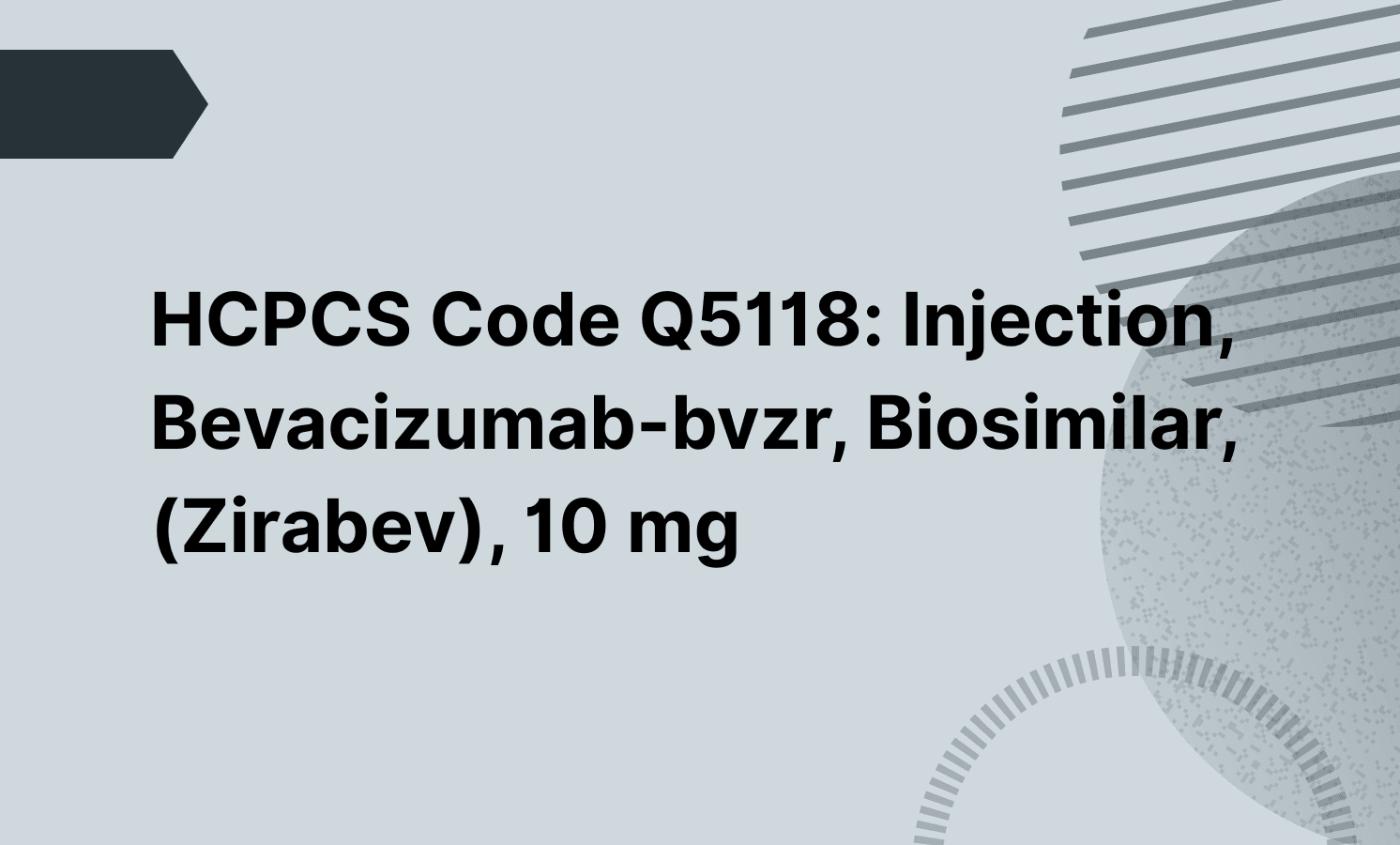Yes, CPT code 80305 may test for multiple drug classes (e.g., opioids, methadone, amphetamines), but only one unit of the presumptive test is billable per patient encounter, regardless of the number of drugs screened.
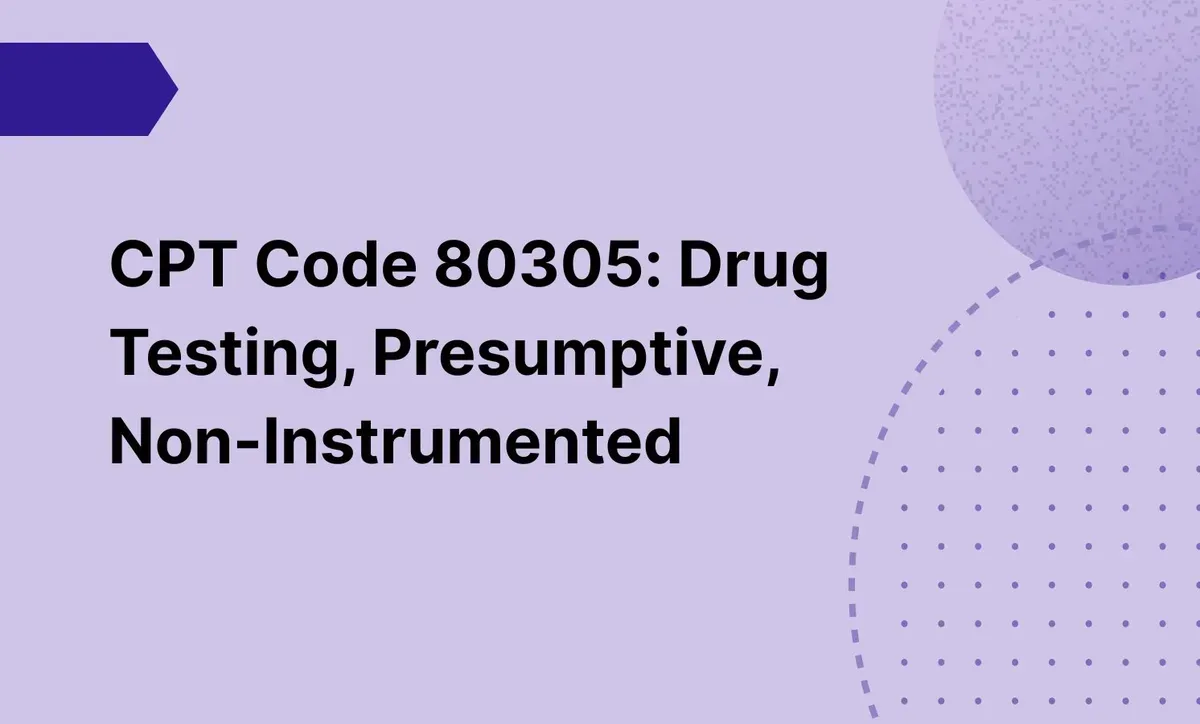
CPT Code 80305: Drug Testing, Presumptive, Non-Instrumented
Learn how to report CPT code 80305 for presumptive drug testing, including documentation, billing rules, and CLIA-waived compliance requirements.
Frequently asked questions
Yes, CPT code 80305 is a CLIA-waived service when performed using direct optical observation (e.g., dipstick or cassette). It must be conducted under a valid CLIA waiver, and documentation must support medical necessity and the use of HCPCS codes when required.
No, only one presumptive drug testing code (80305, 80306, or 80307) can be reported per specimen per date of service. Billing both codes for the same sample is not permitted under the American Medical Association and payer guidelines.
EHR and practice management software
Get started for free
*No credit card required
Free
$0/usd
Unlimited clients
Telehealth
1GB of storage
Client portal text
Automated billing and online payments

